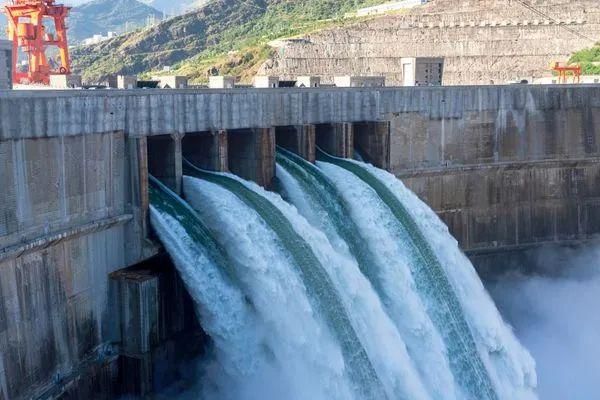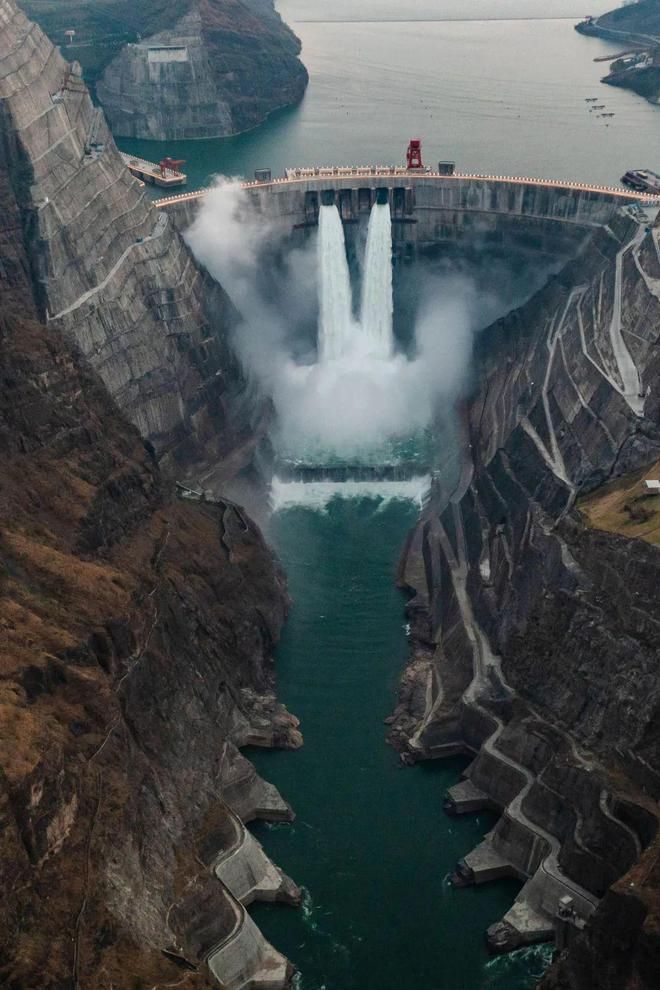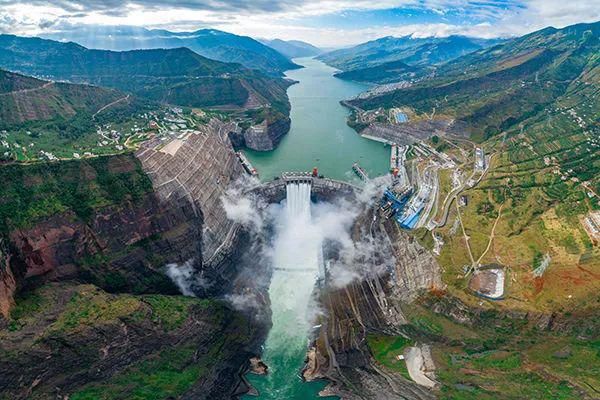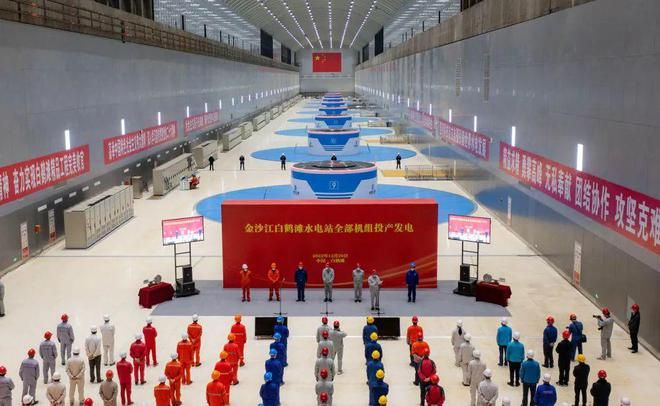December 20, the world's largest hydropower project under construction with the most comprehensive technical difficulties - the last one-million-kilowatt unit of Baihetan Hydropower Station was put into operation, marking the full completion of the world's largest clean energy corridor.

Baihetan Hydropower Station is located at the main stream section of the Jinsha River at the junction of Ningnan County, Sichuan Province and Qiaojia County, Yunnan Province, the world's second-largest in terms of total installed capacity.

The Baihetan Hydropower Station is a huge project with complex geological conditions. The project is located in the dry-hot valley of the Jinsha River, and its comprehensive technical difficulty ranks first in the world. A total of 16 hydro-generator units with a unit capacity of 1 million kilowatts are arranged on the left and right sides of the Baihetan Hydropower Station, which is currently the hydro-generator unit with the largest unit capacity in the world. The hydraulic design, electromagnetic design, ventilation and cooling of the unit, and the R&D and application of high-performance materials have reached the world's leading level.
On the Jinsha River, the Baihetan Hydropower Station and the 6 world-class giant cascade power stations including Wudongde, Xiluodu, Xiangjiaba, Three Gorges, and Gezhouba have built the world's largest clean energy corridor.

A drop of water generates 6 times of electricity, and the world's largest clean energy corridor realizes the maximum utilization of hydropower resources in the Yangtze River Basin. Up to now, the cumulative power generation of the six giant power stations has exceeded 3.18 trillion kwh, and the emission of carbon dioxide has been reduced by about 2.5 billion tons.

Eddie Rich, CEO of the International Hydropower Association, hailed Baihetan as a mega project that has overcome some of the most difficult technical challenges ever faced by hydropower engineers.
The successful completion of the project "represents technological advances across the whole lifecycle of hydropower, from design and planning, to material science and equipment manufacturing, and construction technologies and intelligent management," said Rich.